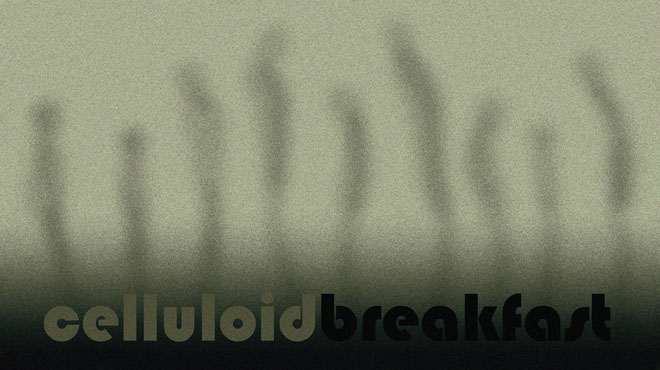A closely autobiographical piece (Haneke grew up in post-WWII Austria), Lemmings, Part 1 is an astute exploration of society’s influence on the developing minds of impressionable teenagers. The film is careful not to present them as reckless monsters – on the surface they appear all manners and sweetness, and their negative behaviour feels like a helpless metamorphosis rather than rebellion. These children’s violent impulses are made all the more terrifying by the fact that they are not yet equipped to understand their motives, meaning that this transformation is beyond their, or anybody’s, control. This theme is adeptly explored in Haneke’s latest film, The White Ribbon, the setting transposed to pre-WWI Germany. One can perhaps recognise this as Haneke’s own anti-war message, the suggestion being that it reinstates people’s class status and breeds conflict in every level of society. An accomplished precursor to Haneke’s later masterpieces, Lemmings, Part 1 could easily be Austrian Graffiti.






No comments:
Post a Comment